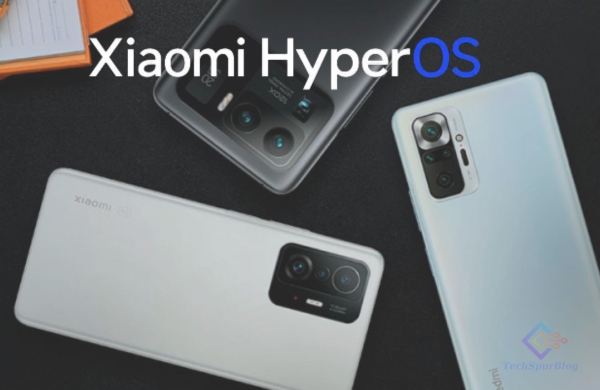
Xiaomi has recently introduced a new operating system update, HyperOS (MIUI), for its range of smartphones. This update covers devices such as Xiaomi 12, Xiaomi 12S, and Redmi K50 series, expanding gradually to more devices.
Integration of All Xiaomi Devices
The HyperOS integrates all Xiaomi devices into a unified system, streamlining the user experience across various devices. Starting with the Xiaomi 14 series, HyperOS pre-installs and extends its updates to more devices over time. According to the latest update, Xiaomi has made HyperOS available for Xiaomi and Redmi smartphones and tablets, enhancing the user experience.
Devices Compatible with HyperOS Update:
- Xiaomi 12S Ultra
- Xiaomi 12S Pro
- Xiaomi 12S
- Xiaomi 12 Pro
- Xiaomi 12 Pro Density Edition
- Xiaomi 12
- Xiaomi Pad 5 Pro 12.4
- Xiaomi K50 Ultra
- Xiaomi K50 Gaming Edition
- Xiaomi K50 Pro
- Xiaomi K50
The HyperOS update is available for selected Xiaomi and Redmi devices, offering advanced features and improvements. Xiaomi 12S, Xiaomi 12, Redmi K50 series, and Xiaomi Pad 5 Pro are among the devices receiving the update. In total, 11 devices from these series are now compatible with HyperOS.
Notable Devices Not Receiving the HyperOS Update: Surprisingly, Xiaomi Pad 6 is not included in the list of devices receiving the HyperOS update. Additionally, only Xiaomi Pad 5 qualifies among the launched devices. The recently launched Xiaomi 13 series may also miss out on this update.
Also Read: Xiaomi HyperOS: Set to Replace MIUI on Upcoming Xiaomi 14 Series Smartphones
Introduction to HyperOS:
HyperOS is Xiaomi’s latest operating system, an upgrade over the MIUI system. It aims to enhance user experience by resolving challenges posed by multi-device operating systems. HyperOS comes with features such as level re-factoring, intelligent connectivity, proactive intelligence, and end-to-end security.
Key Features of HyperOS:
Human-Centric Design: HyperOS adopts a human-centric approach with modern design language and innovative features.
Connectivity: HyperOS facilitates easy connectivity across various Xiaomi devices. Users can seamlessly transfer files, accept calls on other devices, use the smartphone’s back camera as a webcam for laptops, and share mobile data.
Security: HyperOS provides enhanced security with open-source components, up-to-date encryption, and granular permissions. It prioritizes privacy and offers advanced settings for users.
Xiaomi HyperOS: Redefining the User Experience
HyperOS introduces advanced features such as text generation, doodle-to-image conversion, natural language image search, and image-to-text extraction, all based on artificial intelligence. It aims to provide a rich user experience, with many more AI-based features.
Connectivity Simplified
HyperOS ensures effortless connectivity among various Xiaomi devices. It allows users to connect devices easily, accept calls on other devices, use a smartphone’s back camera as a webcam for laptops, and share mobile data. Furthermore, it enhances privacy with open-source components, modern encryption techniques, and fine-grained permission settings.
Exciting Features of HyperOS:
HyperOS upgrades the existing MIUI operating system with HyperOS, bringing significant improvements in integration, cross-device connectivity, privacy, and security. It introduces several upgrades, including HyperOS Text Generation, Doodle-to-Image Conversion, Natural Language Image Search, Image-to-Text Extraction, and many other AI-based features.
Also Read: OnePlus 11 Smartphones Receive OxygenOS 14 Update: Here’s How to Download
Conclusion:
Xiaomi’s HyperOS represents a significant leap in the evolution of operating systems, promising a more integrated, secure, and intelligent user experience across Xiaomi devices. With features like advanced AI integration, improved connectivity, and enhanced security, HyperOS is poised to redefine how users interact with their smartphones, tablets, and other smart devices in the Xiaomi ecosystem. As the rollout continues, users can expect their devices to become even more capable and seamlessly interconnected.

Leave a Reply